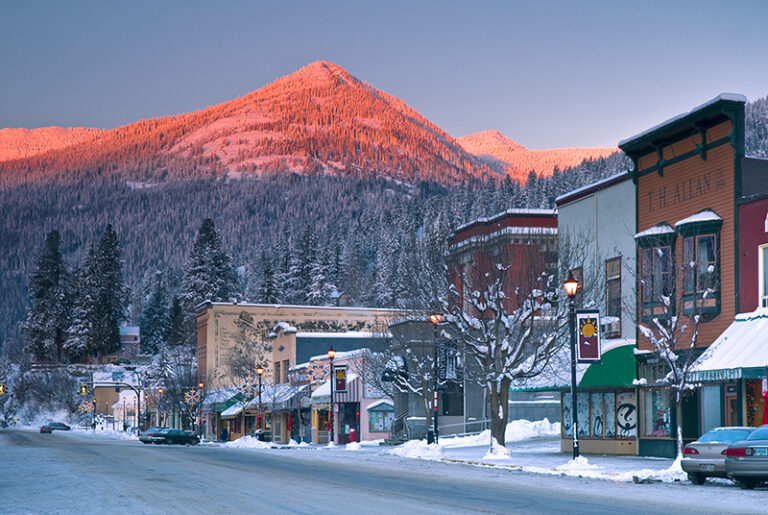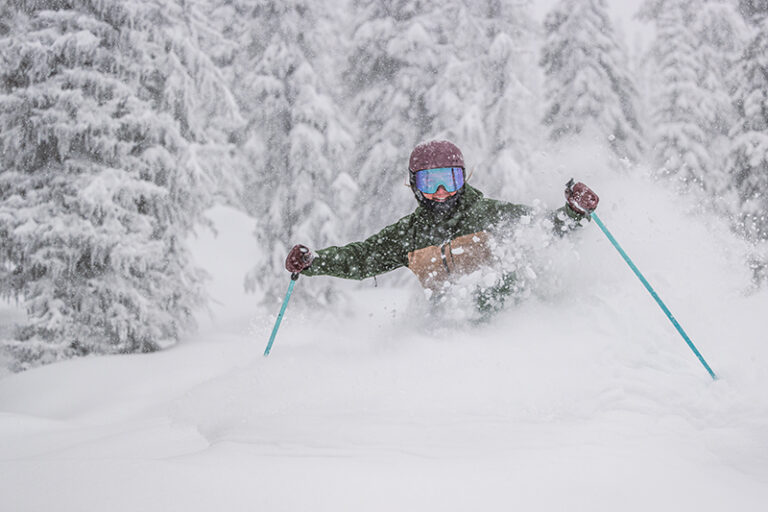Jud Keiser wants to be a professional 12 year old, and when he paddles his kayak, he looks like an overgrown kid. He’s a blur of movement. His boat flips and tumbles improbably in the whitewater. He smiles even when things don’t go exactly right.
Out of his boat though, you notice the lines around his eyes and that his hair is a little thin on top. He doesn’t look his age, but he doesn’t look like the mostly twenty-something crowd he competes against in whitewater rodeos either. At 50, he is the oldest kayaker paddling professionally.
That he’s competing against people young enough to be his children made his seventh place finish at a whitewater rodeo in Missoula, Montana, last July, somewhat improbable. He paddled against some of the best kayakers in the country, and they all wanted a spot on the U.S. national team so they could go to Germany and compete in the freestyle world championships this July. Keiser’s finish made him the team’s alternate.
Kayaking has its share of older athletes, and like older athletes in other sports, these elite kayakers typically dominated the sport in their younger years. As they age, they simply dominate a little less but still manage to stand out against most of their younger competitors.
Keiser’s a little different. A standout high school basketball player at Northwest Christian in Spokane, he went to work at the Trentwood aluminum plant after graduation. Tall, blue eyed, and ridiculously photogenic, he also worked as a sports photo model, typically for extreme skiing shoots.
Then the photographer he usually worked with asked if he wanted to do a kayaking photo shoot. “I had all these rivers around me and I don’t ever remember seeing a kayak,” Keiser said. He had canoed before and figured a kayak wouldn’t be that different. So he jumped in and paddled around the base of Snoqualmie Falls. “As soon as I got out I thought ‘I really want to try this.’” Keiser was 36. Six months later a friend took him down the North Fork of the Coeur d’Alene River. He swam four times but kept kayaking.
Around the time Keiser started to paddle, whitewater kayaking started to evolve. Before this evolution, the sport focused on river running and the main competitive outlet was slalom racing. People had held whitewater rodeos for years, but the big trick then was the ender, where the kayak shoots into the air perpendicular to the river.
Then boats started getting shorter—down from 10 feet or longer to maybe 6 feet or less today—and the design changed from the displacement hull, where the kayak’s bottom is round, to the planing hull, where the kayak’s bottom is flat like the surf board. At least in competition, the ender became obsolete.
Rodeos started to take place at holes or hydraulics (kayakers use the term interchangeably), where the rivers spins back on itself like a whirlpool turned sideways. Riding in a hole with a short boat, a skilled kayaker can throw tricks with strange names like phonics monkey and space Godzilla that look more like something you would see at a gymnastics meet than on a river.
The rules of rodeo or freestyle kayaking are fairly simple. Each kayaker has a set amount of time, typically 45 seconds, to do as many tricks as possible. Each trick has a specific point value, and a panel of judges notes the tricks performed and adds up the score. The kayaker with the highest score wins.
The shorter boats did more than just change whitewater rodeos into freestyle kayaking. While people still paddle down rivers, kayakers now go to just one spot on a river—a good hole or a wave—and spend an afternoon throwing rodeo tricks just for fun.
Keiser found himself attracted to park and play kayaking for its simplicity. He could go by himself and didn’t need to shuttle cars around, he says. Eventually he entered a rodeo in Big Fork, Montana. “I’ve always liked competing,” he says. “It just pushes you to get better faster.”
In 2000, a year after that first rodeo, he won the U.S. amateur championship, and then turned pro. He took fourth at his first professional rodeo in Jackson, Wyoming. “That just launched me,” he says. Since then, Keiser has racked up some impressive finishes at various rodeos, particularly at the whitewater festival in Reno, Nevada, a high-profile, invitation only event. (He placed tenth at Reno this May.)
This year, Keiser built his training and competition schedule around the world championships. Even though he’s the alternate, he wants to be ready to compete if something happens to one of the other kayakers. He has spent almost every day on the Spokane River, even in the coldest weather.
He’s also started to think about the end of his career. When he talks about it, he sounds like a kid who doesn’t want to grow up but knows he has no choice. There are commitments—a wife, a house, bills “as an 18 year old, you don’t think about any of that”—and the wear and tear of competing. “Just the littlest thing can cause injuries that can last forever.
“In the mornings I think I’m not going to compete much longer. In the mornings, I feel my aches and pains. Then by the afternoon I’ll feel better and think I’ll do this forever.”
Even if he stops competing, the kid in him will keep Keiser on the river. “I just enjoy the flow of water under my boat. And you can enjoy that at any age,” he says. “It’s not all about the tricks.”













